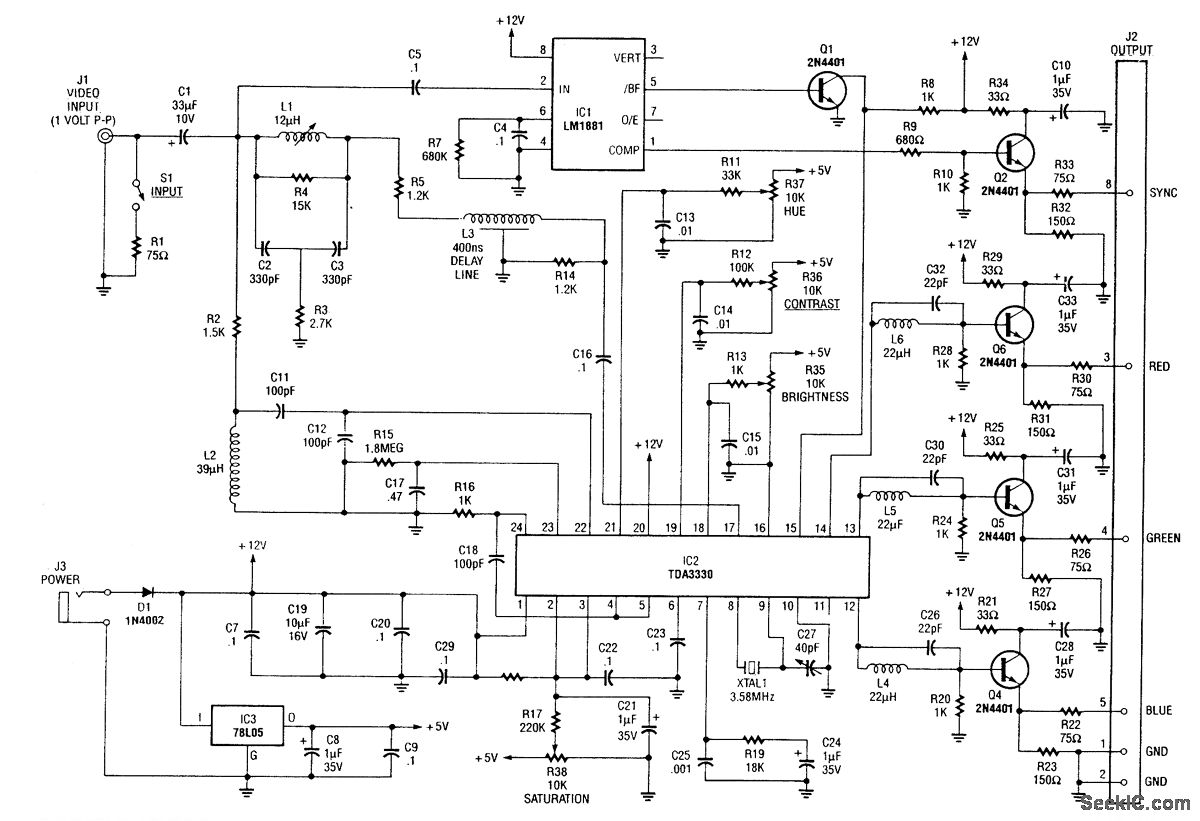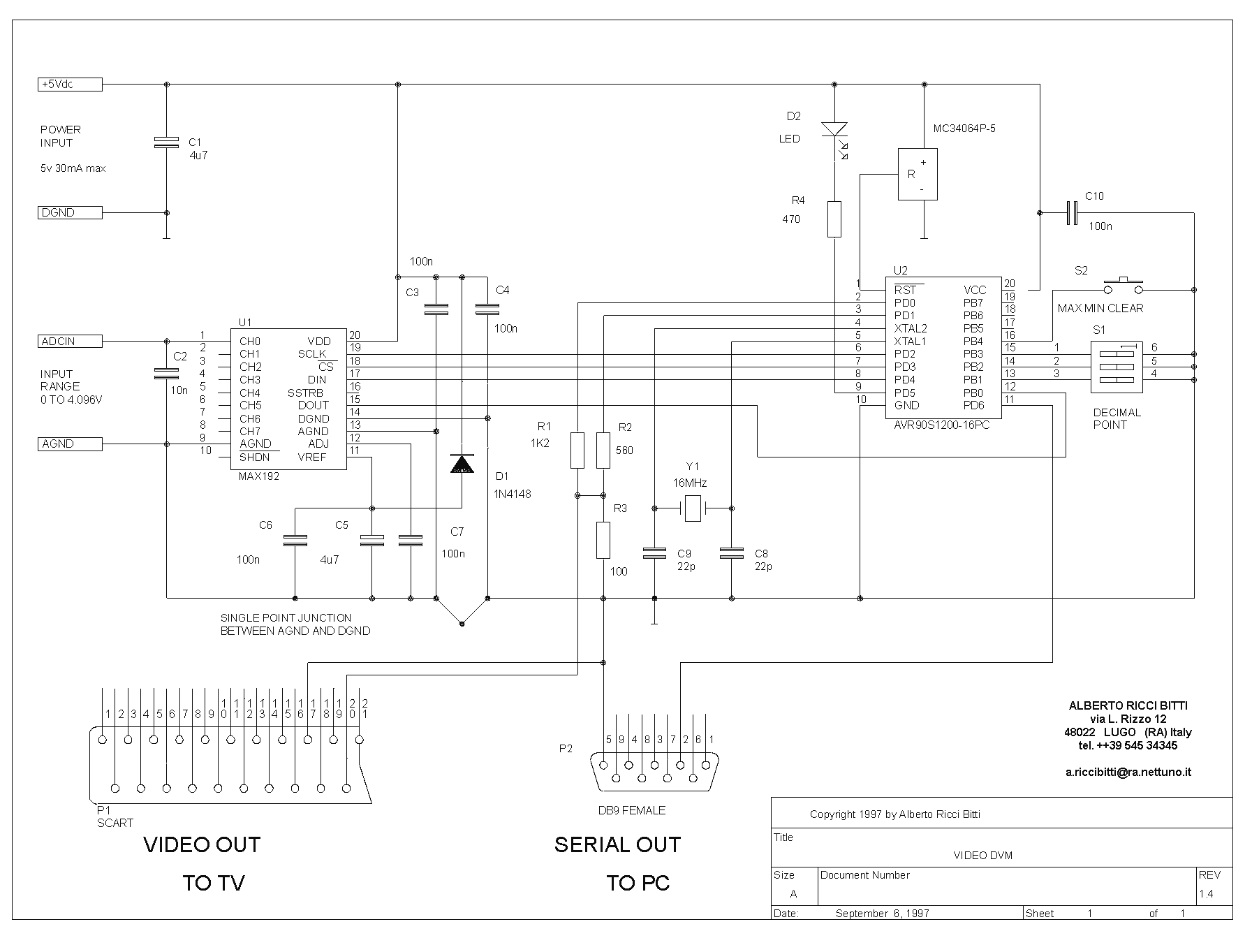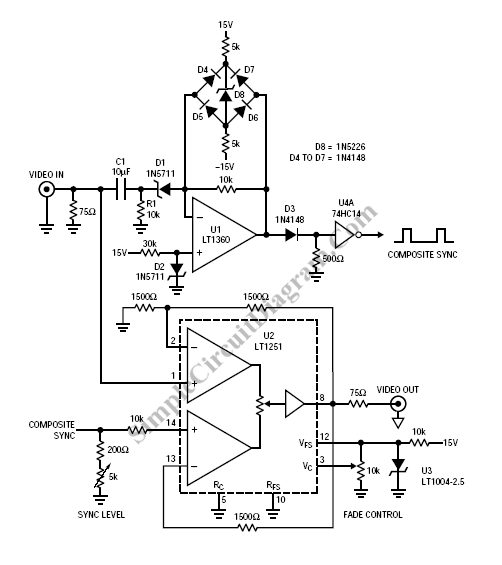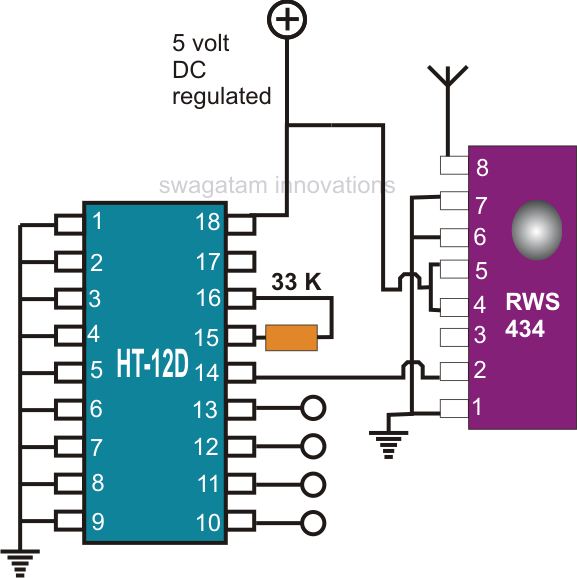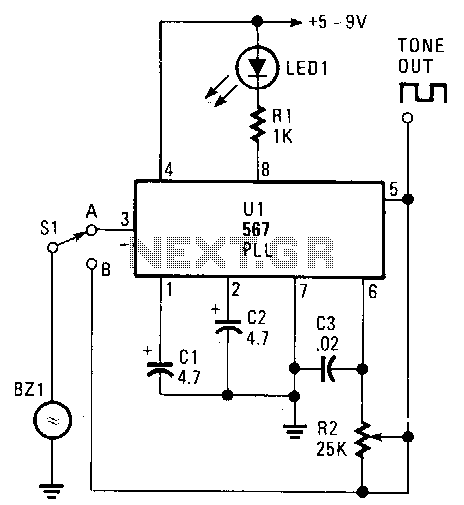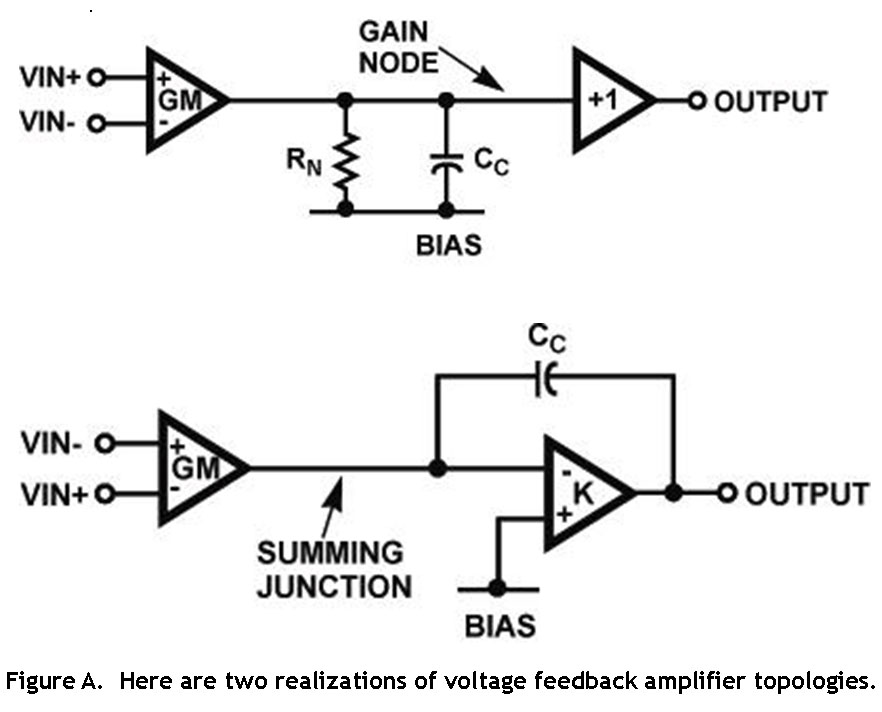
video encoder adv7391
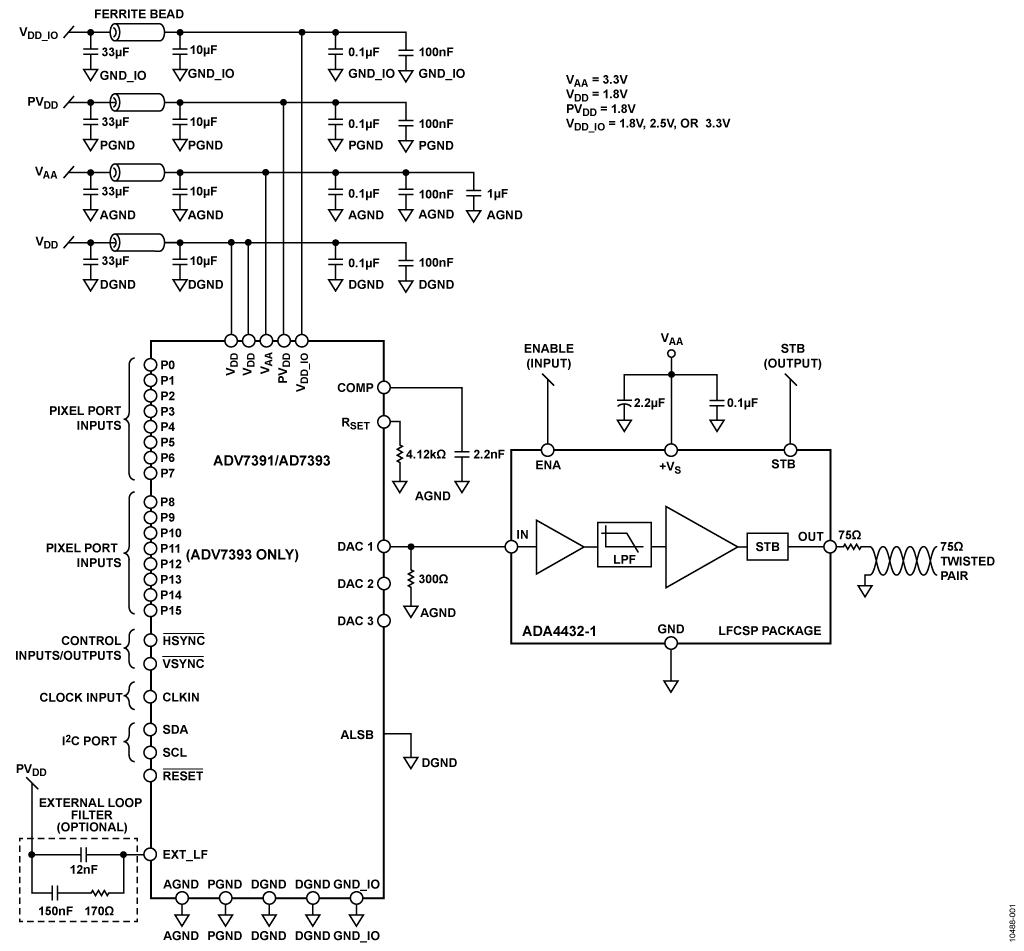
The ADV7390, ADV7391, ADV7392, and ADV7393 are a series of high-speed digital-to-analog video encoders integrated into single monolithic chips. Each chip features three 2.7 V/3.3 V 10-bit video digital-to-analog converters (DACs) that support composite (CVBS), S-Video (YC), and component (YPrPb/RGB) analog outputs, accommodating both standard-definition (SD) and high-definition (HD) video formats. These devices are optimized for low power consumption and are designed to occupy a minimal footprint.
The ADV7390 family of video encoders is engineered to meet the demands of modern video applications, offering versatile output configurations that cater to a wide range of display technologies. The three integrated 10-bit video DACs deliver high-quality analog signals, ensuring excellent video fidelity across various formats. The ability to switch between composite, S-Video, and component outputs allows for seamless integration into different video systems, making these encoders suitable for use in consumer electronics, professional video equipment, and industrial applications.
Power efficiency is a key feature of the ADV7390 series, making these encoders ideal for battery-operated devices where minimizing power consumption is critical. The chips operate at both 2.7 V and 3.3 V, providing flexibility in power supply design while ensuring compatibility with a variety of digital systems. The compact design of these encoders ensures that they can be easily integrated into space-constrained environments, contributing to the overall efficiency of the final product.
In terms of performance, the ADV7390 series supports a wide range of video resolutions, enabling high-quality playback of both standard-definition and high-definition content. This versatility is crucial for applications that require adaptability to different video standards and formats. The chips are designed to maintain signal integrity and minimize distortion, ensuring that the output video quality meets or exceeds industry standards.
Overall, the ADV7390, ADV7391, ADV7392, and ADV7393 offer a robust solution for digital-to-analog video encoding, combining high performance, low power consumption, and a compact form factor to meet the diverse needs of modern video applications.The ADV7390/ADV7391/ADV7392/ADV7393 are a family of high speed, digital-to-analog video encoders on single monolithic chips. Three 2.7 V/3.3 V 10-bit video DACs provide support for composite (CVBS), S-Video (YC), or component (YPrPb/RGB) analog outputs in either standard-definition (SD) or high-definition (HD) video formats.
Optimized for low power operation, occupying a minimal footprint.. 🔗 External reference
The ADV7390 family of video encoders is engineered to meet the demands of modern video applications, offering versatile output configurations that cater to a wide range of display technologies. The three integrated 10-bit video DACs deliver high-quality analog signals, ensuring excellent video fidelity across various formats. The ability to switch between composite, S-Video, and component outputs allows for seamless integration into different video systems, making these encoders suitable for use in consumer electronics, professional video equipment, and industrial applications.
Power efficiency is a key feature of the ADV7390 series, making these encoders ideal for battery-operated devices where minimizing power consumption is critical. The chips operate at both 2.7 V and 3.3 V, providing flexibility in power supply design while ensuring compatibility with a variety of digital systems. The compact design of these encoders ensures that they can be easily integrated into space-constrained environments, contributing to the overall efficiency of the final product.
In terms of performance, the ADV7390 series supports a wide range of video resolutions, enabling high-quality playback of both standard-definition and high-definition content. This versatility is crucial for applications that require adaptability to different video standards and formats. The chips are designed to maintain signal integrity and minimize distortion, ensuring that the output video quality meets or exceeds industry standards.
Overall, the ADV7390, ADV7391, ADV7392, and ADV7393 offer a robust solution for digital-to-analog video encoding, combining high performance, low power consumption, and a compact form factor to meet the diverse needs of modern video applications.The ADV7390/ADV7391/ADV7392/ADV7393 are a family of high speed, digital-to-analog video encoders on single monolithic chips. Three 2.7 V/3.3 V 10-bit video DACs provide support for composite (CVBS), S-Video (YC), or component (YPrPb/RGB) analog outputs in either standard-definition (SD) or high-definition (HD) video formats.
Optimized for low power operation, occupying a minimal footprint.. 🔗 External reference
